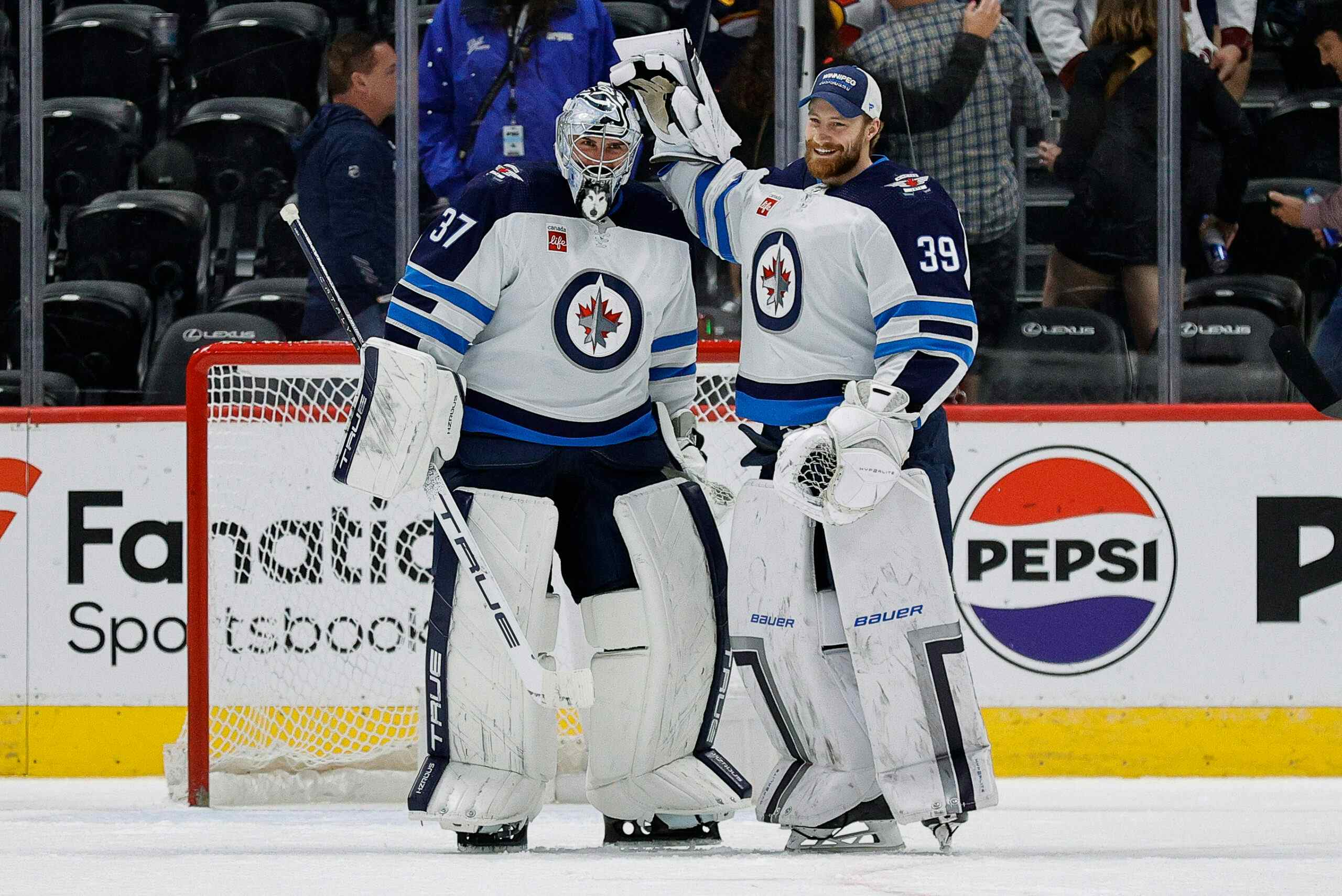By The Numbers: Jets record with Enstrom doesn’t have much to do with Enstrom
By Garret Hohl
7 years ago
© Stan Szeto-USA TODAY Sports
Once in a while I get someone telling me the Winnipeg Jets are a better team without Toby Enstrom. Typically the individual will defer to the Jets losing record with Enstrom dressed for the Jets.
So, how much validity is there to this position?
Normally the first step would be to check whether or not the statistic the person is citing is even true. Honestly, I have not even looked; I don’t need to because there is quicker and easier way to show the logic behind the evidence presented is flawed.
Losing with versus losing despite
Winnipeg Jets control of goals with Enstrom on-ice and on-bench

The Winnipeg Jets outscore their opposition with Enstrom on the ice; however, the opposition has outscored the Jets for the minutes Enstrom sits on the bench.
That’s it. That’s all you need. Already you can throw out the Jets’ losing record with Enstrom as defining of his impact.
Blaming Enstrom for the Jets losing record in the games he’s dressed is blaming Enstrom for the goals (or lack thereof) happening while the defender is on the bench. It would be like praising a goalie for their record, all while that goalie struggles to stop shots but the team outscores their goals against… heaven forbid!
The difference between the team with Enstrom on the ice and on the bench is what the industry calls relative metrics. We often use this to show how a team does better or worse with a player in the games they played.
Winnipeg Jets relative control of goals 2011-present, minimum of 1000 minutes

Now do not take the above numbers as all-defining of a player’s true talent level. While a player’s true ability plays a significant role, there are other confounding variables that will impact their goal differential.
One confounding variable for Byfuglien is that his relative goal metrics are severely anchored by his ice time as a forward. Others are goaltending variance, deployment and usage, shooting percentage variance, and sample size.
Even in multi-season samples, goal metrics are filled with high variance. We look at things like shots and expected goals because the goal differential a player has does not always match the goal differential a player has deserved or earned… but we do not care whether or not Enstrom deserves his goal differential when talking about the team’s record with him dressed.
Getting at “True Impact”
If you really do wish to look beyond a player’s goal differential, and move towards discovering a player’s true overall impact to the team, then we would have to incorporate more telling numbers.
We can start by looking at all shots on net for 5-on-5 situations and note the Jets’ share of shots improves by 1.06 percentage points with Enstrom on the ice, fourth highest of the above listed defenders. Unblocked shots, shots on net, and expected goals all tell a similar story. Not only are the Jets outscoring better with Enstrom on the ice but in a sustainable manner that suggests Enstrom is deserving of his goal impact.
But there are ways a player impacts the team other than in shot and expected goal differentials.
This is why we have models like WAR, which combines a player’s performance in many areas into one currency, to give an estimate to a player’s true on-ice impact to a team’s record while also accounting for confounding variables such as usage and deployment.

Note: Enstrom did not have sufficient ice time in 2012-13.
The above graph displays Enstrom’s estimated overall impact to the Jets’ win column and how well that performance ranks in different levels of depth, where the top 30 WAR defenders represent a #1 defender and the next 30 would be a #2.
Enstrom has spent one season as a fringe #1 defender, three as a #2, and two as a #3. In other words, Enstrom performed as a top-pairing defender in improving his team’s wins for four years out of six. In the remaining two seasons he still improved the team like a top-four defender.
As I’ve noted previously here and on Twitter, this season Enstrom has bounced around in the #4-to-5 range, around a WAR of 0.25 to 0.4. At Enstrom’s age we should expect some deterioration but this year seems to be a bit more severe than one would expect.
It is not unlikely that we see a slight uptick in Enstrom’s performance next year. I would not be surprised if the Jets still get another year of legitimate top-four defender performance in his final year of contract.
I leave you wit this:

Numbers are courtesy of DTM About Heart.
MORE FROM GARRET
- Manitoba Moose production levels
- Jets have holes to fill at forward
- Jets have holes to fill on the blue line
- Where do the Jets skaters rank among the NHL
- Jets should start taking chances on players like Mark Barberio
- Trouba is developing into an elite defender
- Moose identify an organizational weakness for the Jets
- Jets struggles in net
- Armia-Lowry-Matthias have been really good
- The Jets’ performance at even-strength
Recent articles from Garret Hohl





